

Exploring Relationship Marketing: Definition, Benefits, And Best Practices
Emotions, trust, loyalty. How can those elements impact customer retention over time? Stay with us to learn everything about relationship marketing and how it can contribute to your success as a business.
One of the reasons why we keep choosing certain brands, again and again, is that they’ve built a greater connection with us. They don’t just serve us with new products but aim to create trust through their value proposition and marketing campaigns.
This guide will show you how to build a relationship marketing strategy for your business to nurture long-term customers and secure a stable revenue stream. Learn its definition, assets, and ways to make a sustainable plan that will last over time!
What Is Relationship Marketing?
As relationship marketing in business, we define the conscious efforts to build long-lasting relationships with buyers and increase engagement. A successful relationship marketing strategy aims to develop emotional connections with consumers and convert them into loyal brand ambassadors.
In contrast to transactional marketing, which focuses solely on quick sales, relationship marketing treats every customer as a unique entity, aiming at understanding their individual needs.
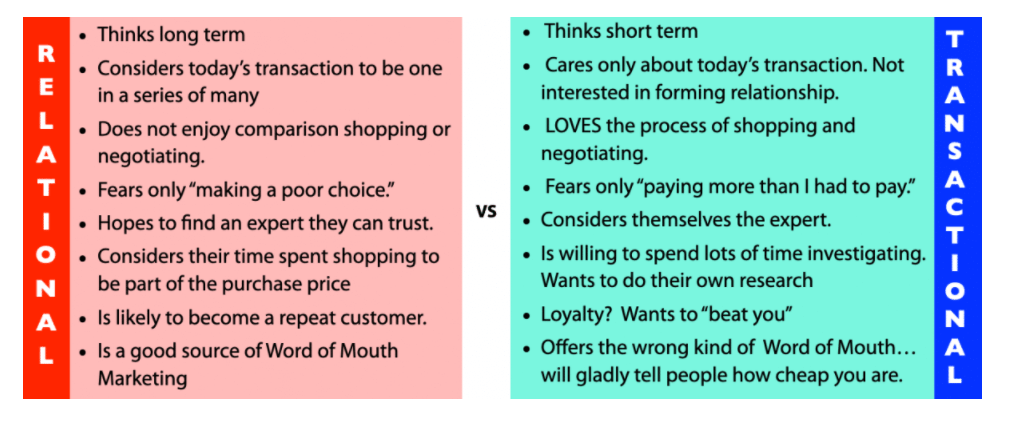
Top Benefits Of Relationship Marketing For Your Business
But why should a business keep attracting long-term customers in more human-centric ways? Have a look at the top relationship marketing gains for your business:
Higher Customer Retention
According to research, customer acquisition costs five times more compared to retention. And this makes sense; it’s much easier to approach people who are way down the sales funnel and have already shown trust in your brand than attracting a new customer base. Thus, a high customer retention rate becomes the golden ticket to sustainable revenue growth.
Word-of-Mouth Marketing
Your customers can become your biggest cheerleaders and happily spread the word about your brand if you take good care of them. So, apart from offering great products and services, invest in personalized marketing to seal the deal and boost customer loyalty. Then, they will be ready to tell their friends and family everything about you.
Product/Services Aligned With Customer Needs
Building effective relationships with your loyal customers can work miracles for your product and services, too. The closer you are to them, the better you can determine the needs of your so-called buyer personas to upgrade your product accordingly. You can also improve your customer service based on the input you receive from your customers.
Most Common Relationship Marketing Types
OK, we got it; relationship marketing’s a big deal. But what are the most popular and effective channels to practice it? Let’s see:
Email Marketing
Email marketing is one of the most potent weapons marketers have to nurture their relationships with consumers. By creating segmented lists based on demographics, preferences, or other criteria, you can build personalized emails for your existing and future customers.
Here are the most common email types that can make your relationship with customers warmer:
- Welcome emails
- Coupons/ Discounts
- Birthday emails
- Re-engagement emails
- Newsletters
Look at this excellent example of a personalized email by Paravel:

Want to make a lovely email campaign for your customers? Here’s how to do it:
- Write a compelling subject line that drives click-throughs.
- Choose attractive design elements.
- Write copy in a friendly and empathetic tone.
- Create a clear CTA that ensures their action.
With Moosend, you can craft those campaigns in a flash. Use our drag-n-drop editor and ready-made templates, and track their progress with our reporting features!
Content Marketing
Through content marketing, businesses aim to deliver relevant and valuable resources to consumers for every step of their unique customer journey. Here are the most famous content types that are perfect for your buyers:
- Blog posts
- Webinars
- Videos
- Case studies
- Infographics
- Podcasts
To create great content for your target audience, you need to know them from the inside out. Analyze your customers’ most significant challenges and pain points to address them efficiently. This way, they will feel that they matter to you, as you aim to provide them with holistic solutions.
For instance, Press is an eCommerce store with plant-based products that has created a fantastic blog with health tips for its current and potential customers!
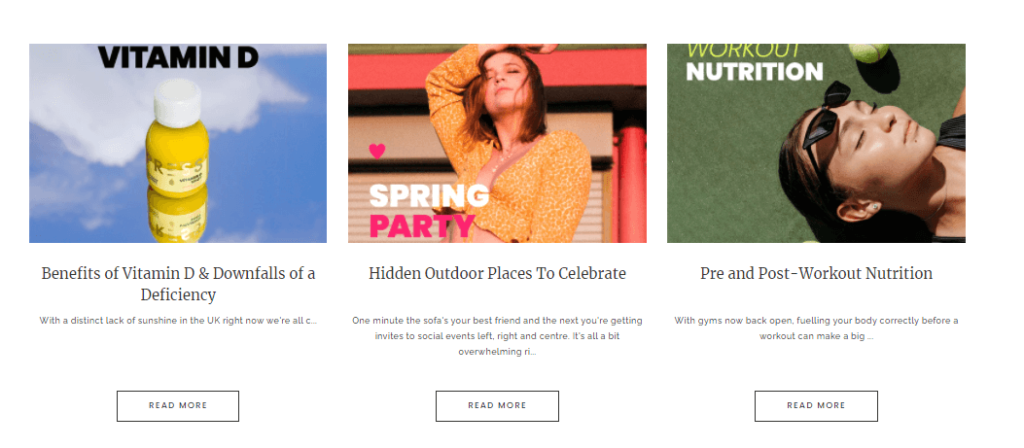
Social Media Marketing
Of course, social media marketing couldn’t stay out of the relationship-building game! You can benefit from your social media profiles in various ways, based on your business type and the platforms you’ve chosen to showcase your brand.
So post your latest product/service updates and content and see how your followers interact with it. You can also utilize a social media listening tool, like Brand24, to understand your audience’s preferences and needs and track engagement metrics such as shares or retweets.
If you operate in B2B field, LinkedIn and Twitter are excellent choices to stay in touch with your customers. You can also use your Twitter account for customer service or support and reply to comments in real-time.
As for B2C, TikTok and Instagram are very popular among brands and followers. Here is an example by Warby Parker, celebrating moms on Mother’s Day:
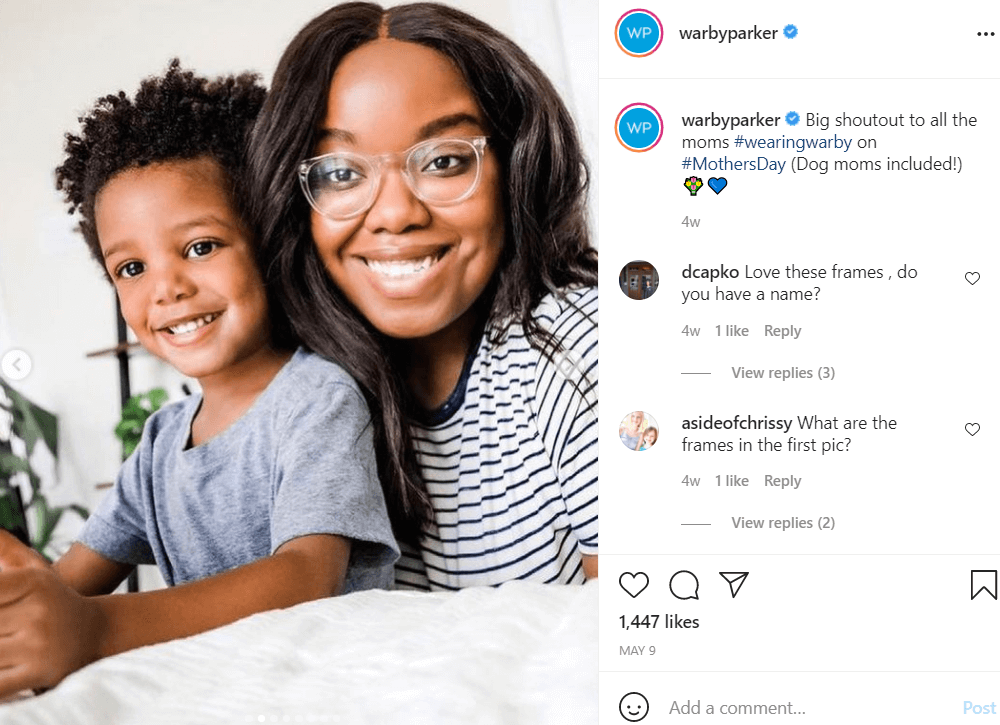
You can also partner with influencers with a similar target audience to yours to boost authority and trust. Keep in mind that social media can turn into an excellent word-of-mouth marketing boost through user-generated content.
Relationship Marketing Strategy: Set Up For Success
Now that you have a better idea of what relationship marketing is, let’s find out how to build a relationship marketing plan for the first time:
Encourage a Customer-centric Culture
First off, if you want to put relationship marketing at the heart of your business strategy, create a customer-centric culture across departments. Everyone in the business should build, manage, or promote your product/service with your ideal customer in mind.
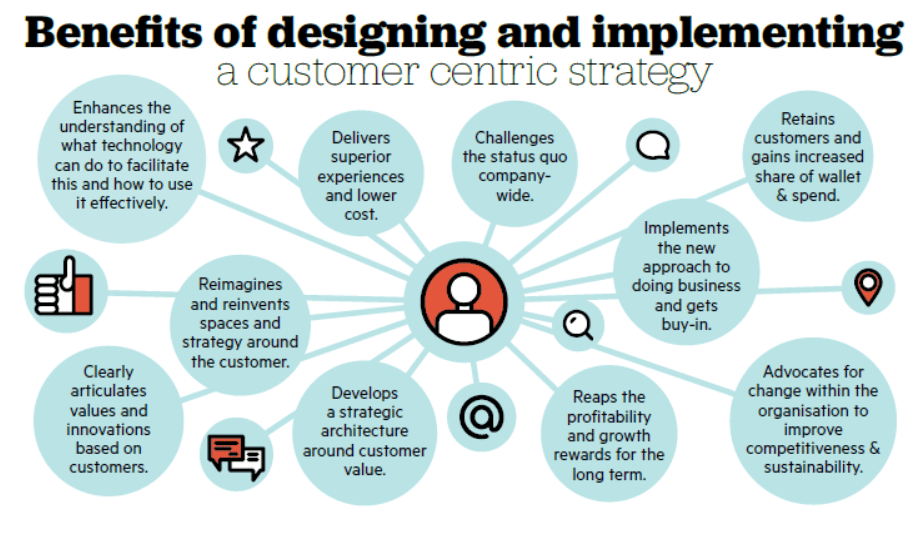
To ensure everyone is on the same page, you can create and distribute customer journey maps or organize training sessions to discuss your buyer personas’ needs and how to meet them successfully.
This mindset is even more vital for customer-facing roles, such as sales specialists, account managers, or support agents. They should actively respond to customer questions and give them the best solutions and services based on their needs. There is no one-size-fits-all here; treat every customer uniquely, and they will genuinely appreciate it.
Leverage Customer Data
To keep your customers happy and fulfilled, it’s best to manage all your contacts in one place. A Customer Relationship Management (CRM) system like Salesforce will help you track all data points that matter and follow up with your customers when needed.
Using other reporting tools such as Google Analytics will enable you to monitor different marketing activities and content efforts. For example, view your most visited content to understand your buyer’s preferences and needs.
Finally, you can also build dedicated customer surveys to receive direct feedback from buyers about your services and show them that their input is a priority for your business.
Build Personalized Experiences
The power of personalization is well-known among marketers. Look at these US stats: 63% of participants observed higher conversion rates due to personalization, and 31% stated increased e-commerce revenue as an outcome. Need more evidence?
As mentioned earlier, you can try list segmentation to deliver different emails or content to customers based on their preferences and previous activity. You can also include the recipient’s name on the subject line or email copy to make your messages more special for them.
And if you want to go the extra mile and deliver highly personalized digital experiences to customers and visitors, choose a Digital Experience Platform (DXP) like Sitecore and satisfy them to the max!
Create Referral and Loyalty Programs
If you want to show your beloved customers that their brand loyalty is meaningful to you, introduce rewards programs to reinforce their preference for your business.
Let’s start with referrals; they can boost word-of-mouth marketing by offering incentives to customers who promote your brand to their loved ones. For instance, you can submit a discount for every referral a customer sends you and an incentive for new referred customers. Make them as intriguing as possible to reap the benefits of this initiative.
Here is an email informing shoppers about a referral program by MeUndies, with a clear subject line and a CTA you cannot leave unclicked:
Subject line: Spread the love (And Get Paid)
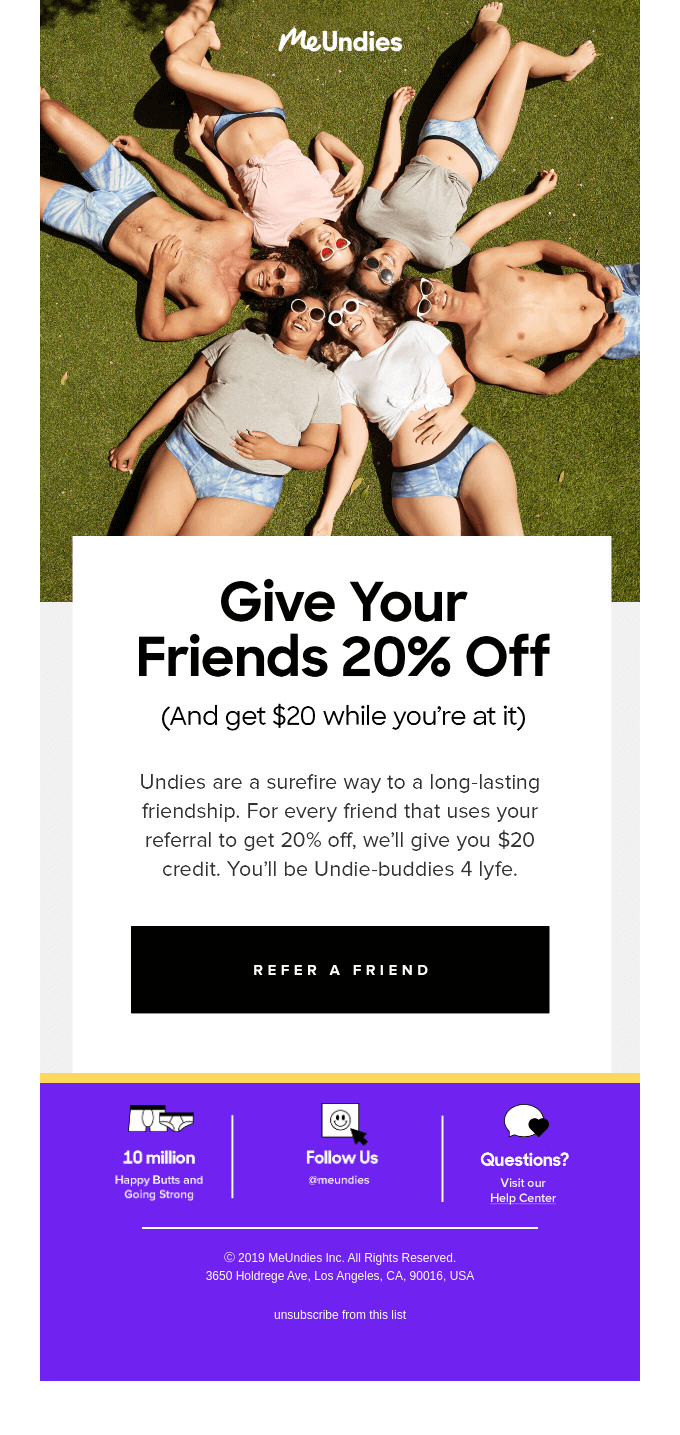
Loyalty programs are also great for repeat customers, as they give them a solid motive for revisiting your eCommerce or brick-and-mortar shop. For instance, you can create a credit system so that frequent shoppers can earn discounts or presents based on their points.
Introduce an Omnichannel Marketing Approach
In omnichannel marketing, business owners use digital and traditional marketing channels to reach their target audience. But how can this technique benefit your relationships with customers?
That’s simply because you can find them exactly where they are. If your customers use social media to browse for new products, you got them covered. If they rely more on emails, you’re there for them, too. Plus, creating a consistent experience across channels nurtures a feeling of connectivity at all times, bringing engagement just around the corner.
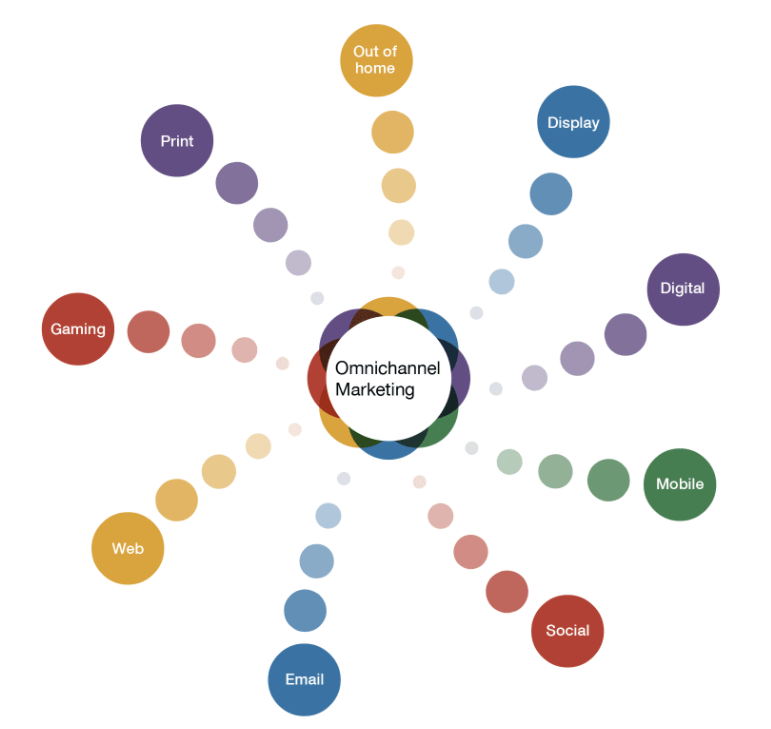
Make sure to maintain unified messaging across channels that will enable customers to recognize your brand in a flash when they come across it for maximal results.
Build a Valued-Based Brand
Finally, strong emotions are triggered by meaningful things. That’s why 71% of consumers select brands that support the same values as them. So building a brand voice that expresses your company values is significant for your business.
To find the best statements, you can analyze your buyer personas and empathize with them. Then, once you spot your common values, make sure to sprinkle them throughout your website and communications with customers.
See Nike’s slogan “Just do it!” as a reference. It’s the perfect motivator for people who love fitness, promoting an active mindset and lifestyle most buyers can identify with. Plus, this simple but powerful statement is hard to forget!
Track your Success
Building a relationship marketing strategy has no meaning if you don’t evaluate and revisit it down the road. Here are some key customer retention metrics you can measure to ensure you are on the right track:
If any of the metrics start to decline, it’s time for reflection. On the other hand, if you figure out that your product and services remain top of the market based on customer feedback, try forming stronger relationships with shoppers using the methods we’ve discussed.
Real-life Relationship Marketing Examples To Inspire You
Here are three examples by well-known brands that have nailed their relationship marketing tactics:
1. Starbucks
When thinking about effective relationship building, the first example that comes to mind is Starbucks, a brand that puts the customer at the center of attention. All stores offer cozy space for clients to enjoy their coffee and beverages, giving room for other recreational activities, too.
Personalization starts with the customer’s name on the coffee cup, which is the brand’s trademark. Last but not least, it’s a brand that strives for social impact. They are leaders in sustainability that try to promote ethical sourcing and empower communities. These initiatives are significant for customers who back up businesses with greater goals.
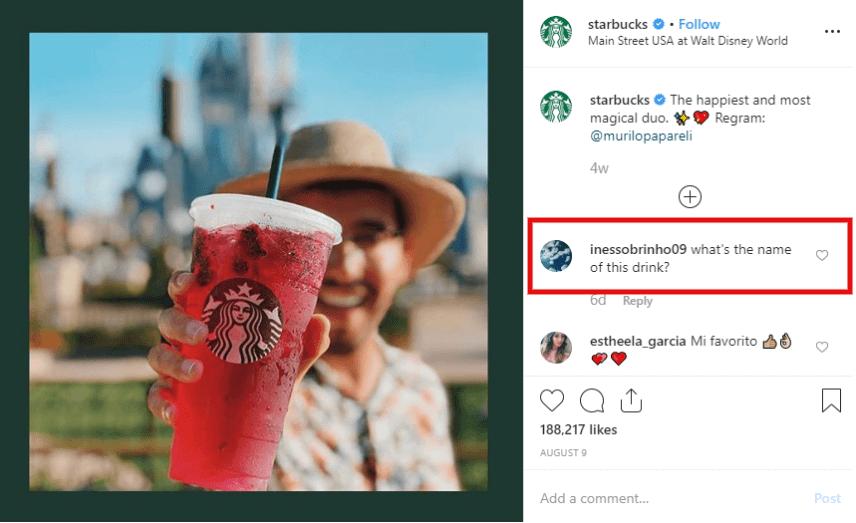
2. Coca-Cola
A great example of how impactful emotions can be for customers is Coca-Cola. Nobody can forget their moving ads that talk straight to the heart. Have a look at this campaign that celebrates the New Normal and gives customers a pat on the back for what is yet to come:
In the same spirit, Coca-Cola also launched the “Share a Coke” campaign, which encouraged consumers to share their favorite drink with someone they loved. Labels had popular names to choose from and give to your family and friends!
3. Apple
And now, let’s move to Apple, which has built a brand with a great customer experience in mind. Everyone who enters an Apple Store can confirm this. The goal is not just to give customers high-tech products but a memorable experience.

Apple’s relationship marketing success relies heavily on its CRM system. Apple’s team knows their target audience so well that they manage to address all their possible needs and create new products tailored to them. There is no doubt why they have been leaders in the tech scene for so long.
Ready To Build Your Relationship Marketing Strategy?
Now that you know what relationship marketing is, get ready to find the right tools to build solid connections with your customers. Remember, your brand will flourish not only by providing them with excellent products/services but by creating meaningful experiences that bring value to them.
So create a free Moosend account today, and send your customers email campaigns that will put a smile on their faces! Good luck!
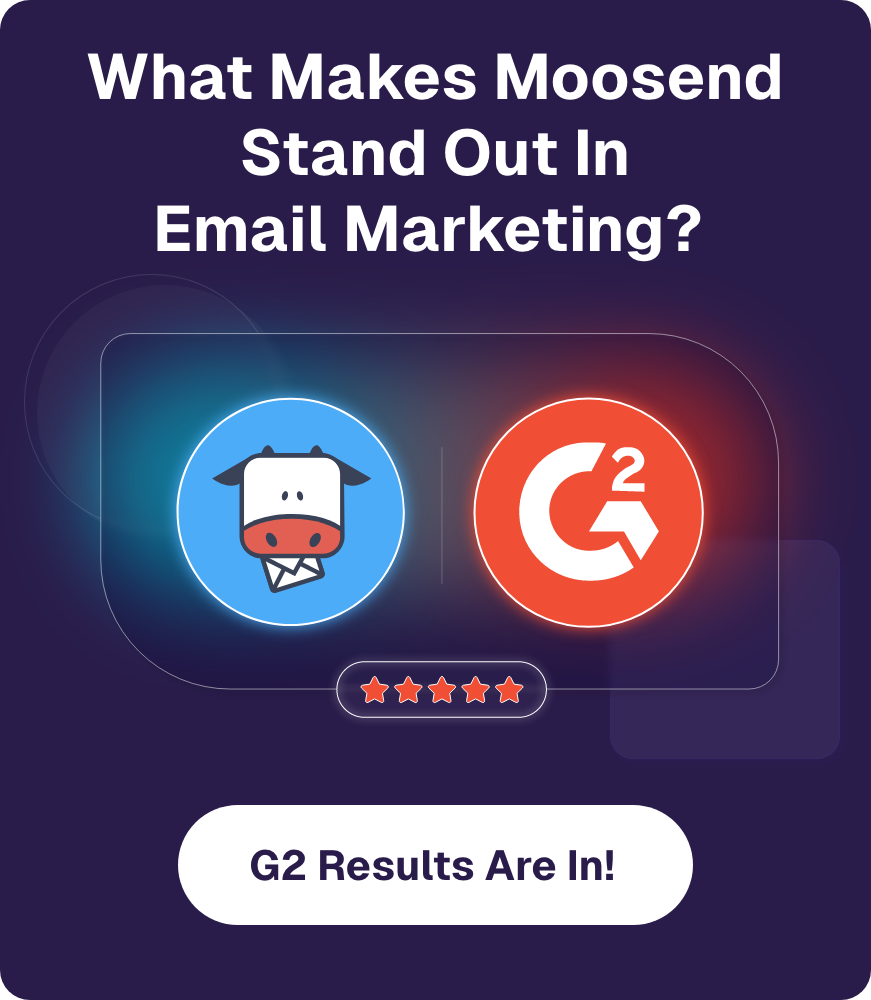


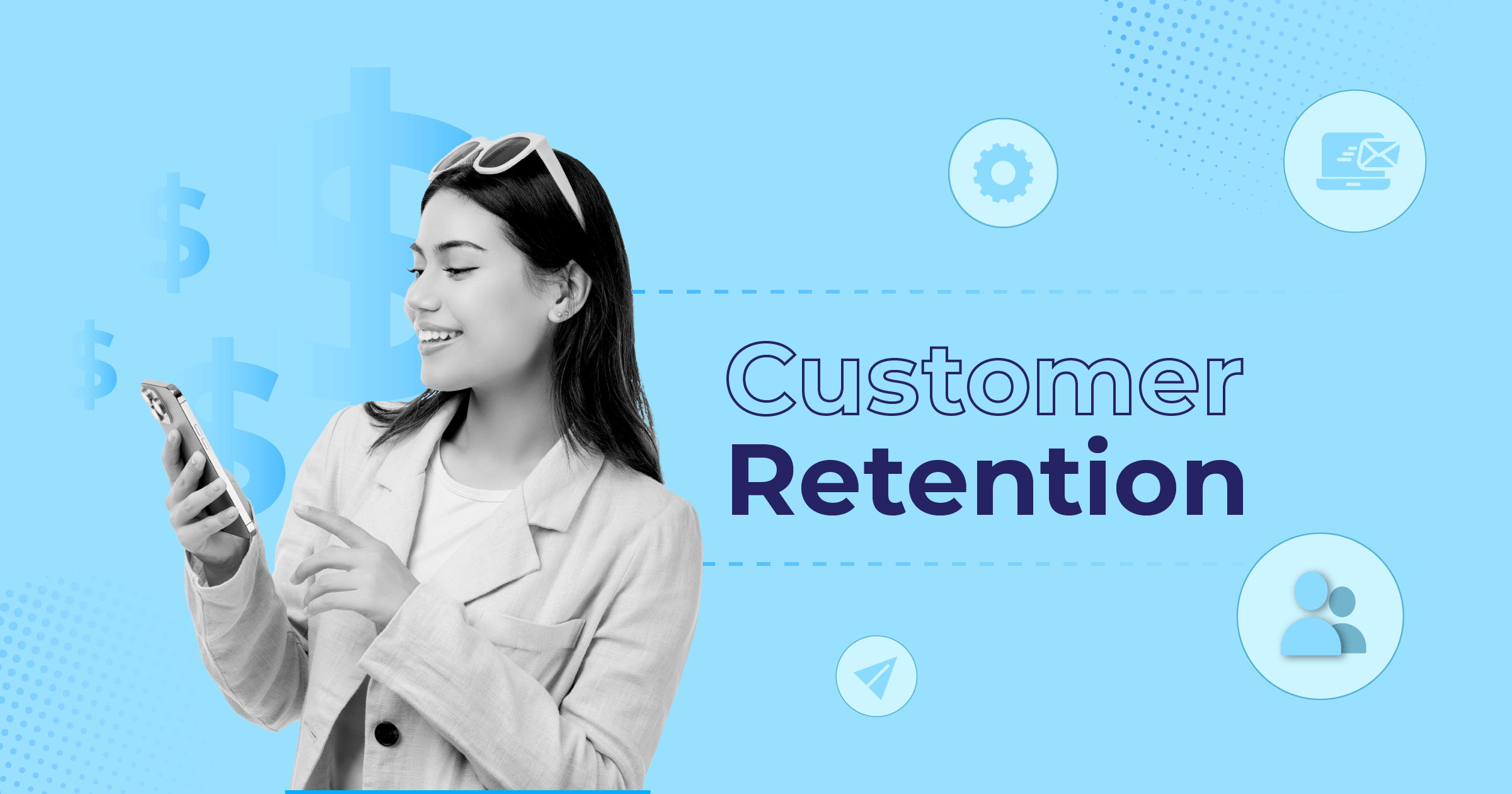
 Published by
Published by

